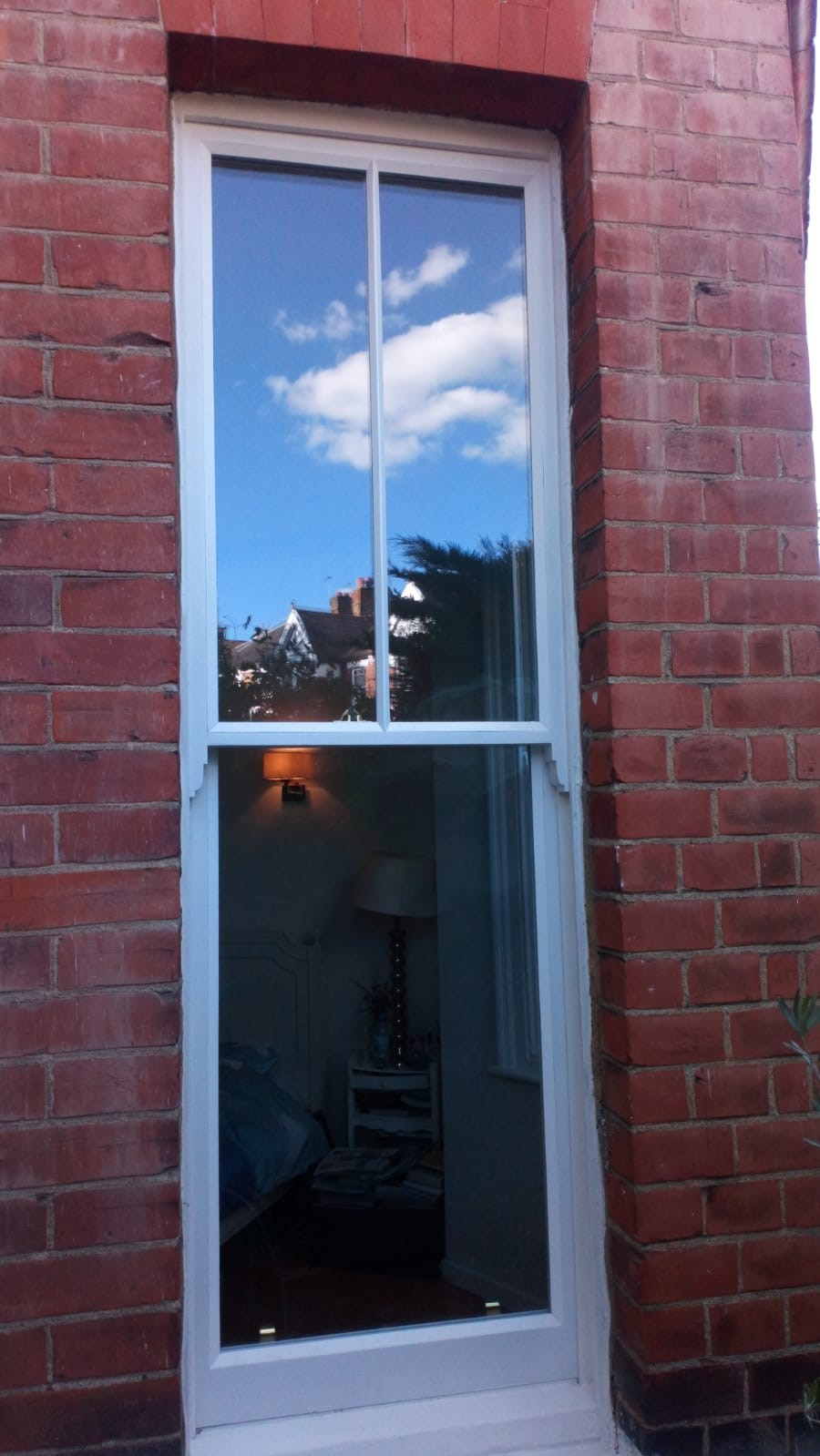
While millions of people go for a holiday between Christmas and New Year’s Eve, plenty would rather choose to stay at home and tackle DIY arts and crafts projects. If you belong to the group that would prefer to have a productive time at home during the holidays, then here are four simple DIY projects that are sure to help improve your home’s energy efficiency.
Switch to a Smart Thermostat
Take advantage of your time at home to replace your old and dated thermostat with more energy-efficient intelligent heating controls. These models can be adjusted easily to match your sleeping habits and room temperature and even take a view on your Carbon Dioxide emissions. You can even control these factors using your tablet or smartphone, which means you can make changes on the go. The Energy Savings Trust Thermostat Page suggests these little gadgets will save a minimum of £75 a year in your home.
Draught Proofing Double Glazed Sash Windows and Doors
If you’ve noticed cracks in those areas around your windows and doors, you must do something to remedy the situation and repair your sash windows. If it’s the moving part of the frame, you might consider a temporary solution such as placing cling film firmly into the gaps to get through the worst of winter.
If it’s around the frame, caulking and sealing are a must. The only way to counteract the effect of poorly insulated windows is to ramp up the heating, increasing your gas bills.
Another thing to check is the doors which are best done on a windy day. Simply hold a candle to the door and watch the flame draw out away from home. If the flame is drawn from your property, you need to seal these areas with a weather stripping that can be found in almost all good DIY shops. It’ll stick onto the frame, and as the door closes to meet the frame, it’ll create a draught seal.
When checking period Victorian windows, especially double glazed sash windows, simply place your hand around the edges of the frame and feel for draughts. It doesn’t matter how good your double glazing units are; if there are still draughts coming through the sides of frames, then the window remains inefficient. It’s crucial that all double glazing is backed with a quality draught seal.
Ensure the trickle vent on your double-glazed windows is set to close. We all open this to allow moisture to leave home, but when it’s chilly, this should be closed. We can vent our home when we aren’t using the room or the temperature rises. Be sure not to dry clothes in rooms with lowered ventilation. Despite the condensation not settling on double glazing, the moisture remains airborne.
Install LED Lights
Most energy efficiency experts will suggest installing LED lighting. These are incredibly energy efficient when compared to a standard monofilament bulb. There’s no need to pay for a builder or electrician who will impose a hefty markup on the LEDs; simply install these lights yourself.
Make sure you observe safety precautions that will be marked on all packaging, especially when handling electrical circuits. If you’re unsure, ask a friend or family member confident enough to turn off the power and install it. Aside from the energy savings, you can guarantee that you won’t have to replace the light for the next 15 years.
Turn off appliances
We are all guilty of placing our TV on standby. It’s just too easy to hit the switch on the remote and forget it. If you want a little incentive to run those appliances off, it’s worth noting The Energy Saving Trust, a well-known energy efficiency public body in the UK, suggests you’ll save up to £30 a year. That’s some serious pocket money for your child’s savings account. If we consider this figure is based on a maximum 1W standby, then any older appliances will send their estimation well over the £30 mark.




 POSTED BY
POSTED BY 

